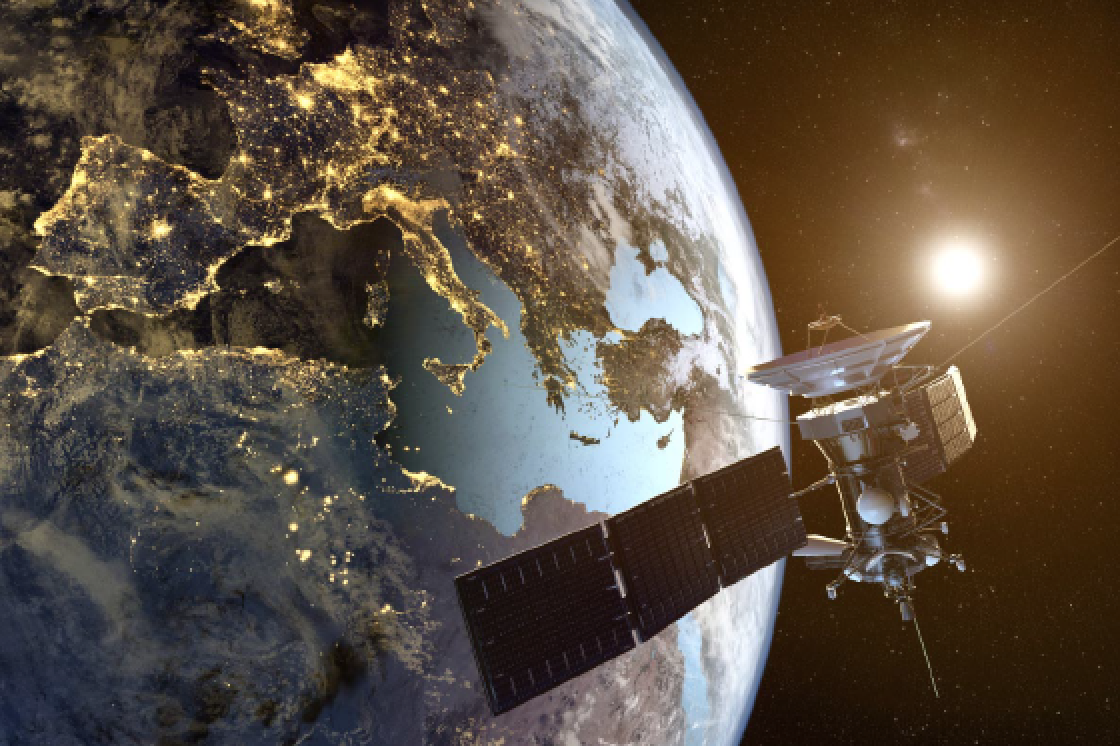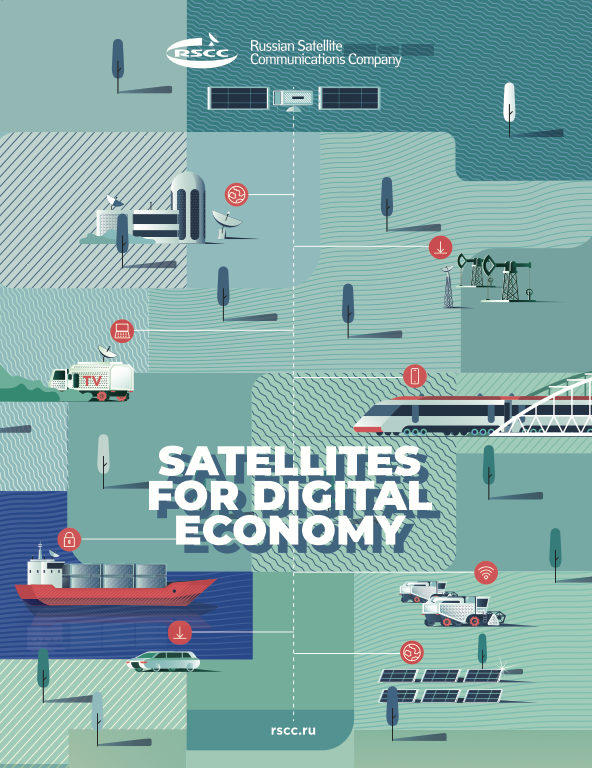5G is the biggest buzzword of the day in the mobile industry. In the satellite world, the excitement is around Low Earth Orbit (LEO) constellations. However, it is in the way these two technologies work together to bring terrestrial broadband connectivity and an ‘office-like’ internet experience to every corner of the globe that can be truly transformative.

What we Expect from 5G and LEO
Much like the transition from 3G to 4G, the transition from 4G to 5G is going to be revolutionary. The much higher data rates available through 5G are going to change the transmission of data to and from locations, no matter how near or far. Imagine if you have a terrestrial requirement that needs fast, reliable connectivity — perhaps in a disaster recovery situation when wired communication networks have become impaired or destroyed completely.

However, 5G is not going to be the answer to every communication need. If an application is working outside the range of cellular systems operational for 5G, it will not provide the coverage they expect. This might be in a mining camp, on an energy platform or on a cruise ship in international waters, for example. 5G will not extend far enough offshore for those purposes. While it can work when they are in sight of the shore, the cruise ship will need additional technology to provide connectivity during the times when they are out at sea between stop-offs, which can sometimes be a full day’s sailing away. This is where LEO fits really well, delivering an at-home experience with none of the delays you encounter with geosynchronous equatorial orbit (GEO) satellites operating far from earth.
LEO satellites are an exciting opportunity for everyone. For the first time, satellite can provide internet connectivity on the move at the same speed and capacity as you have at home or at work, anywhere in the world. That is because LEO satellites operate so close to earth that it is like making a call from one city to another in the same country. Typically, LEO satellites are located about 500km away from the earth, which is approximately the distance between Paris and Madrid so there is no reason there should be any more delay than you would expect for a phone call over that distance. In fact, less so, as there are far fewer objects to get in the way of the signal!
The End for MEO and GEO?
This does not mean the end for Medium Earth Orbit (MEO) and geostationary satellites. Both have their place in the market, delivering service that meets their customers’ needs very well. Instead, it gives those seeking connectivity a much broader range of options to choose from depending on their location and communication requirements at any particular moment in time.
The decision over which technology to use can depend on latency requirements. If a system is reliant on seamless connectivity then LEO would work, but if a short delay can be tolerated then routing via a GEO satellite could be a better option. Signals between the earth and satellites in geostationary orbit tend to take up to 500 milliseconds to travel to and from the satellite. For LEO satellites that time reduces to just 20 to 25 milliseconds.
Broadcast is a great example of this. Satellite television can allow for a small delay, as there is usually a built-in buffer or a delay on live TV for editing or other purposes – in which a short delay could be easily tolerated.
Making it work
With so many different systems all with varied and changing requirements, it would be impossible for any individual to manage transitions between the different connectivity solutions available. Keeping with our cruise ship example, each vessel will have a range of seaborne digital devices and applications operating around the clock – utilising a complicated mix of very-small-aperture terminal (VSAT), L-band satellite, LTE and Wi-Fi, varying with the vessel’s location. Managing these networks and keeping them cost effective can prove difficult.
However, there is software available which seamlessly manages transitions between 5G, LEO and other connections to maintain the vital ‘always-on’ connectivity that is now an expectation wherever you are in the world. This software makes the right choice of network for you dynamically and automatically, so you can concentrate on the things that you need to.
While far from the cellular network, it automatically selects the GEO, MEO or LEO service that best meets the requirement. But as 4G/ LTE or 5G become available, the system detects and automatically switches to the most cost-effective option for your requirements. If the cellular connection fails for any reason, it switches to the ‘always-on’ satellite connection. It is the same as your mobile phone switching between Wi-Fi and cellular signal depending on which is stronger. In a single platform, they provide automatic management of every network, turning many transmission paths into one wide area network.
Seamless Connectivity
We are at a time when new, ground-breaking technologies appear with regularity. The only constant is that we are moving forward at an ever-increasing pace and that it is never long before a new development or upgrade appears and changes the game. 5G will undoubtedly do that. Despite the advancements in new technology, it is imperative that companies like Speedcast help organizations pick the technology that fits their requirements best rather than the one that is newest or shiniest.

Both 5G and LEO are destined for great things due to what they can deliver and for what services can be offered using them individually. But what makes them most exciting is just how powerful 5G and LEO are when used in combination with each other. When managed correctly, they are about to deliver on the expectation that being out of home doesn’t have to lead to any degradation in your ability to connect to the world.
Author of the two articles is Will Mudge, the Vice President of Engineering Operations at Speedcast.

